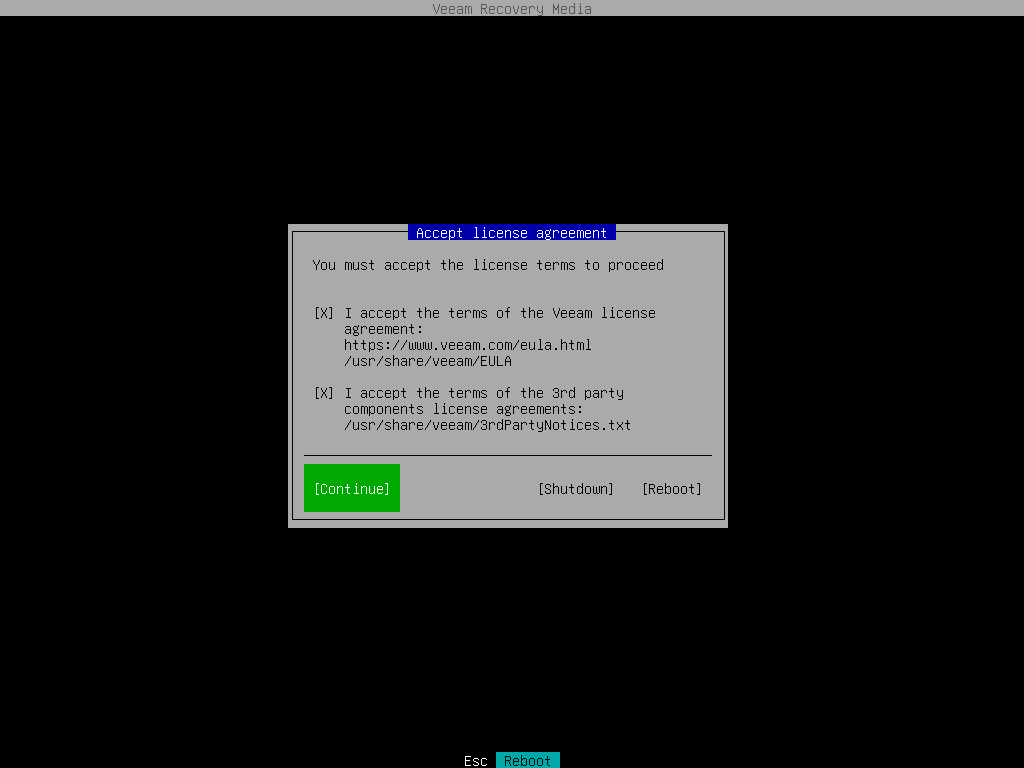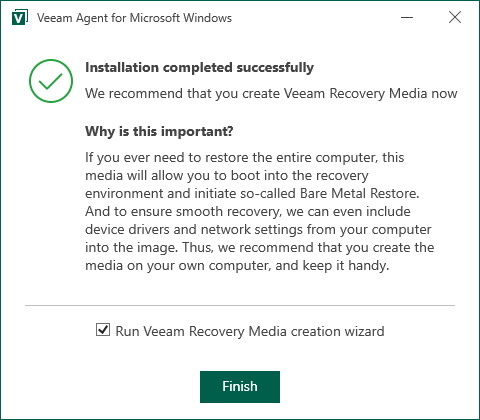


You will need the recovery media when you want to do a bare metal recovery or when you want to restore an active volume. This is also one of these tasks that you can skip but I highly advice you to do it immediately during installation or short after. This will allow the computer to wake up from sleep to take the daily backup, and as you will see in other demo recordings put it back to sleep afterwards to save energy.Īfter that, or when you skipped it you can create the bootable recovery media. You will also get a question whether you want to change the power settings (depending if it is not yet active in your current power plan). You can easily accept the defaults and change them afterwards as we will see later on. Default exclusions: temporary files folder, Recycle Bin, Microsoft Windows pagefile, hibernate file and VSS snapshot files from the System Volume Information folder.Target Destination: USB device attached to the computer.For many users, the default settings will be perfect and they can proceed with doing so. In order to do so, you need to have a USB drive that is at least half of the selected source (entire PC) in size. I’m not going to run over the installation, which is very easy to do, however, during the installation you need to make a few decisions.Īfter the installation, the wizard will ask you if you want to configure your backup with the default settings. Now we are going to look on how to start with the product.

In the previous post we ran quickly through the requirements and architecture of Veeam Endpoint Backup Free. Ch.12 – Support for Veeam Endpoint Backup FREEĬh.14 – Moving your backups to a different location


 0 kommentar(er)
0 kommentar(er)
